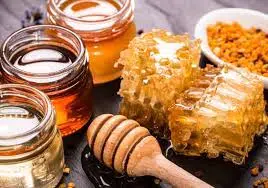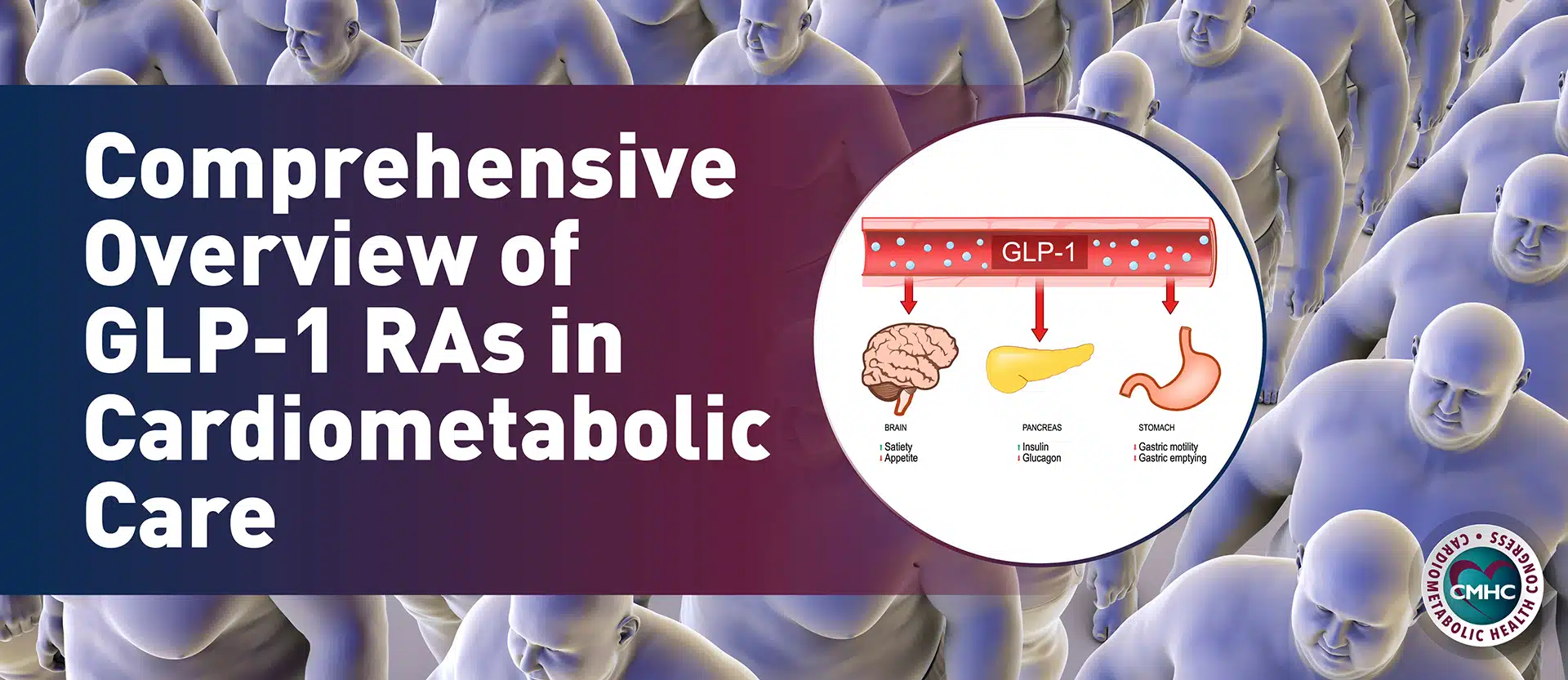Researchers from the University of Toronto found that consuming certain forms of honey may improve glycemic control and lipid levels when part of a healthy dietary pattern.
Despite the fact that excess calories from “free sugars” have long been implicated in the development of obesity and type 2 diabetes, honey is generally regarded as a healthier sugar despite there being no quantified evidence or systemic evaluation in human studies. Now, researchers are citing results from a meta-analysis to support the cardiometabolic health benefits of people who use honey as a part of a healthy diet.
“While research on oral consumption of honey by humans is relatively limited, animal studies examining the effect of oral honey intake have shown many benefits.”
Researchers from the University of Toronto evaluated 18 controlled trials involving more than 1,000 participants over a median study duration of two months.

Results from the analysis demonstrated that honey had a positive effect on cardiometabolic health markers such as blood sugar and cholesterol levels when consumed in moderation.
Most participants consumed about two tablespoons of honey each day, and it was noted that both raw honey and honey from a single flower (notably Robinia and Clover) were consumed by most participants experiencing health-related benefits.
“The results showed that oral honey intake at a median dose of 40 g over a median period of 8 weeks resulted in beneficial reductions in fasting glucose, ALT, total cholesterol, LDL-C, and fasting triglycerides and a significant increase in HDL-C.”
Is honey a healthy sugar?
 Honey is a complex composition of common and rare sugars, organic acids, enzymes, proteins, amino acids, minerals, vitamins, and bioactive substances made by honeybees from the nectar of flowers.
Honey is a complex composition of common and rare sugars, organic acids, enzymes, proteins, amino acids, minerals, vitamins, and bioactive substances made by honeybees from the nectar of flowers.
Regulatory agencies such as the World Health Organization, the Heart and Stroke Foundation, and the U.S. Food and Drug Administration include honey within their definition of “free sugar,” but unlike most sweeteners, honey’s sweetening power does not come exclusively from common sugars, such as fructose and glucose.
“Around 15% of honey is made of dozens of rare sugars — e.g., isomaltulose, kojibiose, trehalose, melezitose, etc. — which have been shown to have many physiological and metabolic benefits including improving glucose response, reducing insulin resistance, and promoting [the] growth of bacteria associated with a healthy gut.”
Types of honey
The researchers found two specific types of honey that showed the most significant improvements in cardiometabolic health markers – raw and monofloral honey.
Most honey is pasteurized for convenience because it slows the naturally occurring granulation process, which makes it harder to squeeze out of a bottle, for instance.
Researchers in the University of Toronto study saw more benefits from raw honey, which is richer in the nutrients and antioxidants that are diminished by the high heat used during pasteurization.
“Raw honey also contains probiotic bacteria, including lactobacilli, which have been shown to improve regulation of the immune system, reduce serum lipid levels, and help supply short-chain fatty acids to the intestine.”
Researchers also noted the benefit of monofloral honey when compared to polyfloral variants. Most honey is polyfloral – a product of the nectar of many flowers, usually from plants within a few miles of its beehive.
But some well-known monofloral honey like Tupelo, Clover, Robinia and French Lavender, each have a distinct flavor and are the result of bees that collect their nectar from a region that is predominated by that particular plant.
Monofloral honey is richer in certain phytochemicals, which may have wound healing, antioxidant, anticancer, and anti-inflammatory mechanisms.
Health benefits of honey vs. other natural sources of sugar
 Although other natural sweeteners such as maple syrup and agave may be of interest to researchers and dietitians as healthier alternatives to sugar, honey will most likely still prevail as the top choice when considering cardiometabolic health.
Although other natural sweeteners such as maple syrup and agave may be of interest to researchers and dietitians as healthier alternatives to sugar, honey will most likely still prevail as the top choice when considering cardiometabolic health.
Honeybees use enzymes to extensively process the nectar, which is predominately sucrose, resulting in the variety of rare sugars that are the key to honey’s health benefits.
Agave and maple syrup, as well as sweeteners made from fruit, may contain vitamins and minerals, but they are still processed using heat which diminishes those benefits. They are also mainly composed of simple sugars like fructose, glucose and sucrose, instead of the rare sugars in honey.
“Honey is also rich in phenolic compounds and flavonoids, which may moderate the observed effects on total cholesterol, LDL-C, HDL-C, and fasting triglycerides.”
Study results and implications
Even though honey contains about 80% sugar, the reduction in fasting glucose and cholesterol in healthy individuals indicates that the unique composition of honey – in the form of rare sugars – puts it in a class of its own.
Not only does honey appear to improve glucose response, reduce insulin resistance, and lower “bad” cholesterol, it may promote healthy gut bacteria and increase innate immunity.
Source:
Effect of honey on cardiometabolic risk factors: a systematic review and meta-analysis
















